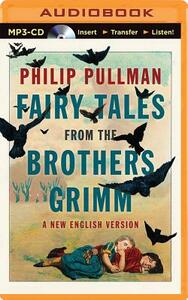Take a photo of a barcode or cover
adventurous
dark
fast-paced
Plot or Character Driven:
Plot
Strong character development:
No
Loveable characters:
Complicated
Diverse cast of characters:
No
Flaws of characters a main focus:
Yes
informative
lighthearted
reflective
fast-paced
Plot or Character Driven:
Plot
Strong character development:
No
Loveable characters:
No
Diverse cast of characters:
No
Flaws of characters a main focus:
Yes
adventurous
funny
inspiring
fast-paced
Plot or Character Driven:
A mix
Strong character development:
Yes
Loveable characters:
Complicated
Diverse cast of characters:
No
Flaws of characters a main focus:
No
adventurous
dark
funny
hopeful
slow-paced
los leía de pequeña y tengo que admitir que algunos me dejaron traumada, pero amé la mayoría y me sirvieron para un trabajo en el colegio
adventurous
dark
funny
medium-paced
Plot or Character Driven:
Plot
Strong character development:
No
Loveable characters:
No
Diverse cast of characters:
No
Flaws of characters a main focus:
Yes
This book is hard to pin down. On the one hand it is a fun collection of traditional tales retold by a current author on the other there's the commentary. The tales themselves are what they are, sometimes a bit odd or shapeless, formulaic but also, fun and intriguing glimpses into what interested people in the past.
After each one is the source that the Grimm brothers got the tale from, tale type and a list of similar tales and then we get to Pullman's commentary. Some is straightforward comparisons to similar tales and story analysis. I enjoyed that but the bit I found bewildering was on the one hand he kept talking about having tidied or improved things and on the other that he didn't interfere with their flaws. So which was it? What exactly was he changing in the stories? This is not an entirely literary exercise - it's not designed for full on academics. Why not go the whole hog and adapt further? Or be clearer about what changes have been made? Even so, I thought this was an interesting book and I was glad to have read it.
After each one is the source that the Grimm brothers got the tale from, tale type and a list of similar tales and then we get to Pullman's commentary. Some is straightforward comparisons to similar tales and story analysis. I enjoyed that but the bit I found bewildering was on the one hand he kept talking about having tidied or improved things and on the other that he didn't interfere with their flaws. So which was it? What exactly was he changing in the stories? This is not an entirely literary exercise - it's not designed for full on academics. Why not go the whole hog and adapt further? Or be clearer about what changes have been made? Even so, I thought this was an interesting book and I was glad to have read it.
slow-paced
adventurous
fast-paced
Plot or Character Driven:
Plot
Strong character development:
No
Loveable characters:
Complicated
Diverse cast of characters:
No
Flaws of characters a main focus:
Yes


